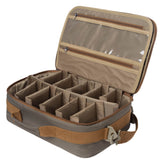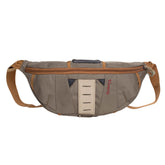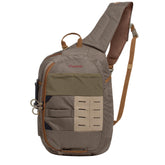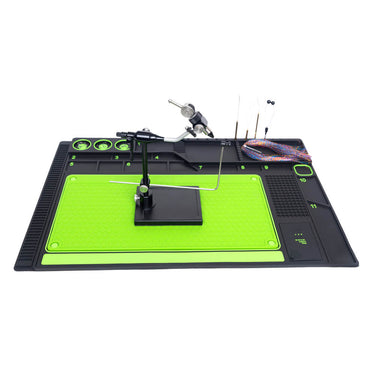Pursuing Brown Trout: The Art of Fly Fishing
Fly fishing for brown trout (Salmo trutta) is a rewarding and challenging pursuit, requiring knowledge of their behavior, preferred habitats, and effective fly patterns. Here’s a comprehensive guide to help you succeed:
1. Understanding Brown Trout Behavior
Habitat: Brown trout thrive in cool, well-oxygenated rivers, streams, and lakes. They prefer:
Rivers/Streams: Undercut banks, deep pools, riffles, and shaded areas.
Lakes/Reservoirs: Near drop-offs, inlets, weed beds, and structure.
Feeding Habits: Opportunistic but selective. They eat:
Aquatic Insects (nymphs, emergers, duns, spinners).
Terrestrials (ants, beetles, hoppers, crickets).
Small Fish (sculpins, minnows) and crustaceans (scuds, crayfish).
Activity: Most active at dawn, dusk, or overcast days. Larger trout feed nocturnally.
2. Essential Fly Fishing Gear
Rod: 4-6 weight (small streams) or 6-8 weight (big rivers/lakes).
Reel: Smooth drag for larger fish.
Line: Weight-forward floating line (general use), sinking tip for streamers.
Leader/Tippet: 7.5–12 ft leader, 4X–6X tippet (adjust for clarity/size).
3. Top Fly Patterns for Brown Trout
Dry Flies (When trout are surface feeding):
Elk Hair Caddis (Size 12–18) – Imitates caddisflies.
Parachute Adams (Size 14–20) – Versatile mayfly imitation.
Stimulator (Size 8–12) – Good for rough water or hoppers.
Grasshopper/Cricket Patterns (Summer terrestrials).
Nymphs (Subsurface, year-round):
Pheasant Tail (Size 14–18) – Classic mayfly nymph.
Hare’s Ear (Size 12–16) – Effective in varied conditions.
Prince Nymph (Size 10–14) – Attractor pattern.
Zebra Midge (Size 18–22) – Small but deadly in winter.
Streamers (Aggressive strikes, big trout):
Woolly Bugger (Black/Olive, Size 4–10) – Versatile.
Muddler Minnow – Imitates small fish.
Sculpin/Lefty’s Deceiver – For trophy browns.
4. Key Techniques
Matching the Hatch: Observe insects on the water and mimic them.
Dead-Drifting Nymphs: Use an indicator or tight-line (Euro-nymphing).
Swinging Wet Flies/Streamers: Aggressive retrieves for reaction strikes.
Stealth Approach: Browns are wary—wear muted colors, move slowly.
5. Seasonal Strategies
Spring: Focus on midges, mayflies (Blue Winged Olives), and stoneflies.
Summer: Early/late day fishing; terrestrials (hoppers, ants) and caddis.
Fall: Spawning season—egg patterns, streamers (aggressive pre-spawn feeding).
Winter: Slow presentations with small nymphs/midges in deep pools.
6. Catch & Release Best Practices
Use barbless hooks.
Minimize handling; keep fish wet.
Revive exhausted fish before release.
7. Prime Locations for Brown Trout
USA: Madison River (MT), Green River (UT), White River (AR).
Europe: River Test (UK), River Tweed (Scotland).
New Zealand: South Island rivers (world-class wild browns).
Final Tip
Brown trout are smart—vary your retrieves, observe their reactions, and adapt. Patience and persistence pay off!
Would you like recommendations for specific waters or advanced tactics? Tight lines! 🎣















